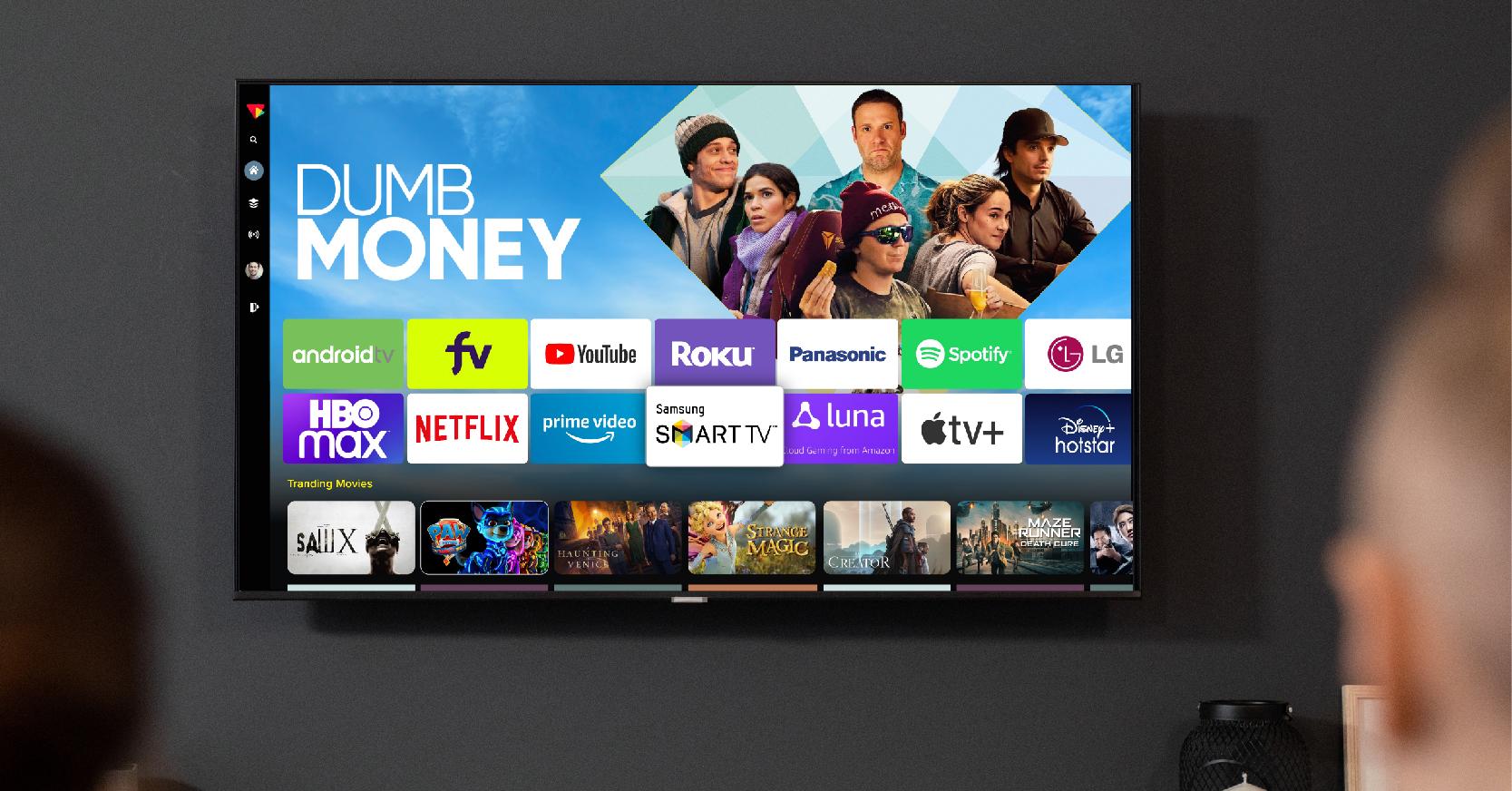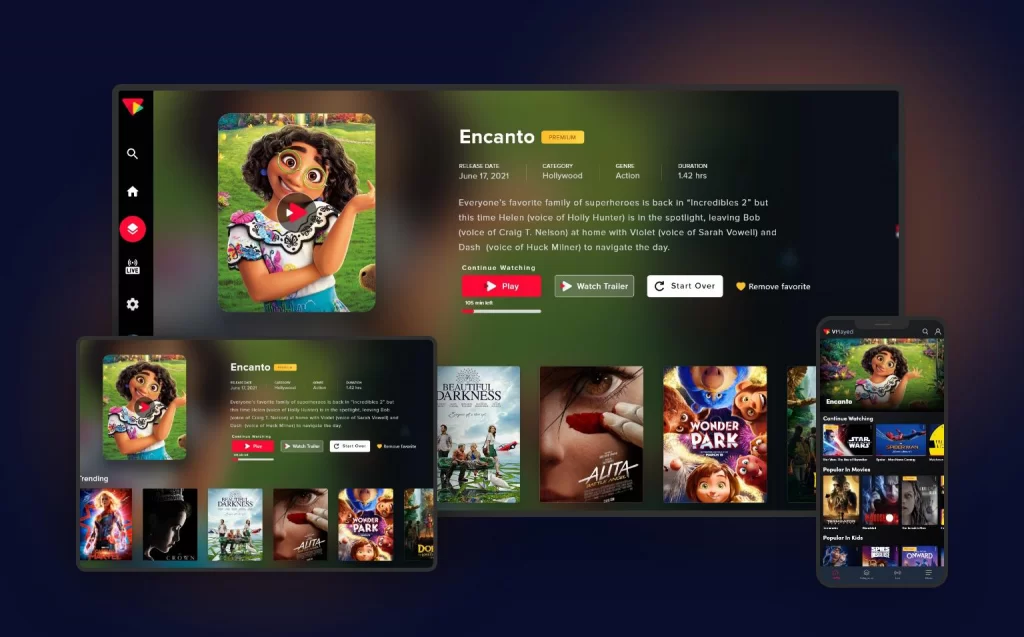Apollo Group Tv Things To Know Before You Buy
Apollo Group Tv Things To Know Before You Buy
Blog Article
The Of Apollo Group Tv
Table of ContentsA Biased View of Apollo Group TvLittle Known Facts About Apollo Group Tv.Examine This Report on Apollo Group TvApollo Group Tv Fundamentals Explained
In this situation, instead of having three-minute commercial places during a 30-minute television program, television programming might transform to one where a consumer will certainly be needed to have a monthly membership, to ensure that they cen view targeted banner advertisements. This kind of advertising and marketing already happens on the web, and the quantity of information television business collect enables them to do similar.Explain the major fads amongst the broadcasting and wire networks. Popular radio shows such as police dramatization Dragnet and western cowboy collection Gunsmoke were adjusted for tv, and new Television shows were sponsored by solitary marketers, simply as radio programs had been.
Today, the television sector is much more complicated. Programs are funded by several advertisers; programs is regulated by significant media conglomerates; and the three major networks no longer dominate the airwaves yet instead share their visitors with various wire channels. Several variables represent these patterns within the market, consisting of technical developments, government regulations, and the creation of new networks.

How Apollo Group Tv can Save You Time, Stress, and Money.
Established in 1969, (PBS) developed out of a record by the Carnegie Payment on Educational Tv, which took a look at the role of academic, noncommercial television on society. Public television was likewise planned to supply global accessibility to tv for visitors in rural areas or audiences that could not pay for to pay for exclusive television services.
The duration in between 1950 and 1970 is traditionally identified as the. Besides a little part of airtime controlled by public tv, the three major networks (called the Big 3) dominated the tv sector, collectively making up more than 95 percent of prime-time watching. In 1986, Rupert Murdoch, the head of international business Information Corp, launched the Fox network, testing the prominence of the Big Three.
Targeting young and minority target markets with shows such as Buffy the Vampire Killer, Moesha, Dawson's about his Creek, and The Wayans Bros., the brand-new networks really hoped to attract terminals far from their old network affiliations. Nonetheless, instead than repeating the success of Fox, UPN and WB had a hard time to make an effect. Unable to bring in numerous affiliate terminals, the two fledgling networks reached fewer families than their larger rivals because they were inaccessible in some smaller cities.
This choice led the way for the growth of cable flick channels, adding to the exponential development of cable in the 1980s and 1990s. apollo group tv. Additional deregulation of cord in the 1984 Cord Communications Plan Act removed restrictions on cord rates, making it possible for operators to charge what they wanted for cord services as long as there worked competitors to the service (a criterion that over 90 percent of all cable television markets could meet)
The Only Guide to Apollo Group Tv

Having developed the first "superstation," Turner expanded his world by establishing 24-hour news network CNN in 1980. At the end of the year, 28 national programs services were readily available, and the cord change had actually started. Over the following years, the industry underwent a period of quick development and appeal, and by 1994 visitors could choose from 94 standard and 20 premium cord solutions.
Figure 9 - https://experiment.com/users/apollogtv01.16 Boosted competition from cord channels has caused a consistent decline in the networks' audience rankings. Throughout the 1950s, the cost of generating a single tv program enhanced as shows became much longer and production costs soared. Sponsorship on network television moved from single sponsorship, in which a program was completely sustained and produced by one advertiser, to multiple sponsorship, in which advertisers purchased 1- or 2-minute spots on the show
Each feedback should be a minimum of one paragraph. Choose among the Big 4 networks and print out its weekly shows routine. See the network's prime-time programs over the training course of a week, keeping in mind the target market for each and every show. Observe the advertising and marketing sponsors that sustain each program and compare just how the services and products fit with the intended audience.
Apollo Group Tv - The Facts

Straight TV, often referred to as typical program television, includes cable television and satellite tv. It's called "direct" since web content follows an established programs timetable, unlike on-demand content which the individual audience makes a decision to watch based upon their own choices and routine. So, when you ask, "What is linear television?", consider it as the traditional way of viewing television that has actually been around for years.
Report this page